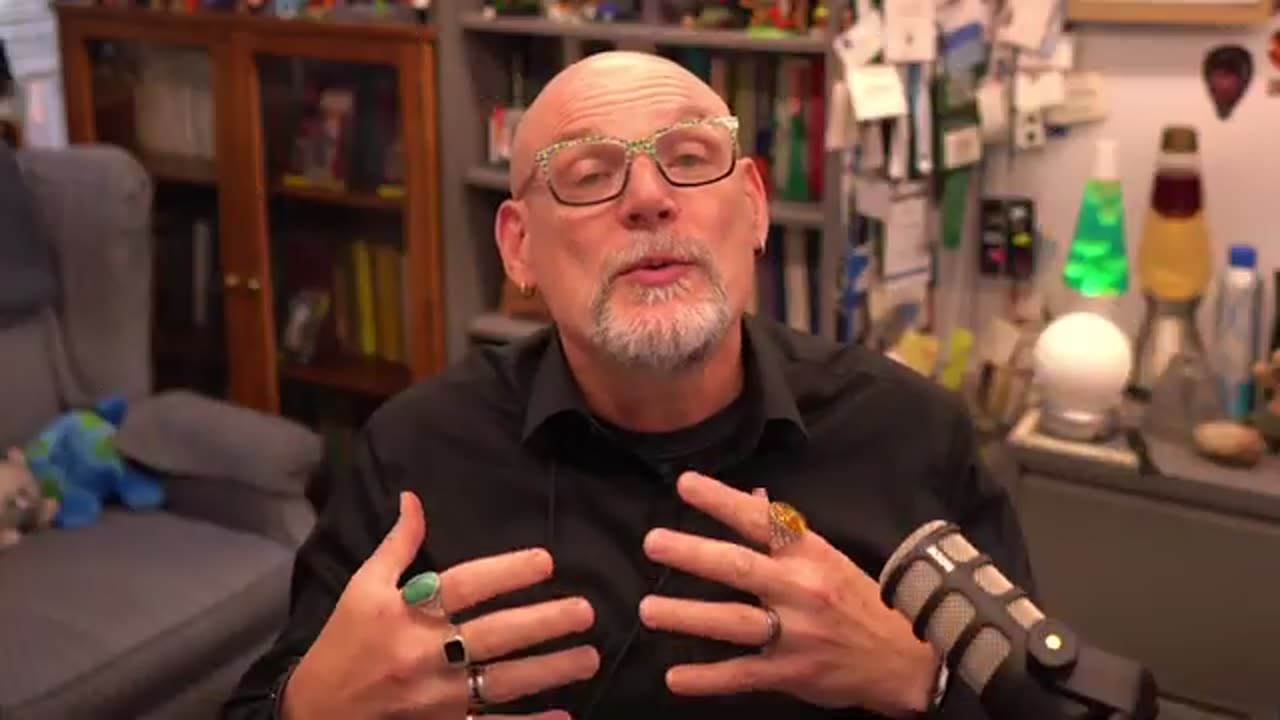Premium Only Content

"Will the Sun Ever Burn Out? Insights from a NASA Expert"
In a fascinating conversation with a NASA expert, we explored one of the most fundamental questions about our solar system: Will the Sun ever burn out? As the center of our solar system, the Sun has been shining for around 4.6 billion years, and it has enough fuel to continue for about another 5 billion years. However, this process will eventually change as the Sun moves through its lifecycle. The Sun, like all stars, is powered by nuclear fusion, which converts hydrogen into helium at its core, releasing energy in the form of light and heat. Over time, the Sun will run out of hydrogen in its core, causing it to expand into a red giant. This phase will dramatically alter the dynamics of the solar system, potentially engulfing Mercury, Venus, and Earth. After the red giant phase, the Sun will shed its outer layers, leaving behind a hot, dense core known as a white dwarf. This white dwarf will slowly cool and fade over billions of years, marking the eventual "death" of the Sun, but it will not be a sudden, catastrophic event. While the idea of the Sun burning out may seem daunting, there's no immediate cause for concern. The Sun still has plenty of time before it enters this final stage of its life. The study of stars and their life cycles provides scientists with valuable insights into the fundamental workings of the universe. Understanding these processes also helps researchers predict the future of other stars and planetary systems in the galaxy. For now, the Sun will continue to shine, supporting life on Earth for millions of years to come. This deep dive into the Sun’s future showcases the wonders of space exploration and our ongoing journey to understand the cosmos. #NASA #SolarSystem #StellarEvolution
-
 2:11:03
2:11:03
Badlands Media
1 day agoDevolution Power Hour Ep. 391: First Principles, Psyops, and Hybrid Warfare
91.3K97 -
 2:45:52
2:45:52
BlackDiamondGunsandGear
11 hours agoAfter Hours Armory / America After Charlie Kirk
47.6K12 -
 2:08:04
2:08:04
Tundra Tactical
9 hours ago $23.52 earned🎉 Pro-2A Party LIVE! | Gun Games, Freedom Vibes & Letting Loose 🔫🇺🇸
62.2K3 -
 5:21:52
5:21:52
Rallied
9 hours ago $6.55 earnedWarzone Challenges All Night
39.3K2 -
 2:45:52
2:45:52
DLDAfterDark
10 hours ago $15.40 earnedWhat Are We Missing From The Charlie Kirk Incident? Feat. TN Tactical - After Hours Armory Live!
42.2K11 -
 16:23
16:23
True Crime | Unsolved Cases | Mysterious Stories
1 month ago $6.74 earnedThe Strange Disappearance of Mekayla Bali | (Mini-Documentary)
41.4K6 -
 10:03
10:03
nospeedlimitgermany
13 days ago $9.83 earnedVW Golf 5 R32 | 250 PS | Top Speed Drive German Autobahn No Speed Limit POV
42.5K8 -
 1:35
1:35
Memology 101
1 day ago $8.85 earnedChicago Mayor Johnson calls LAW ENFORCEMENT a "SICKNESS" he will "ERADICATE"
46.8K47 -
 10:17
10:17
Advanced Level Diagnostics
13 days ago $8.73 earned2007 Chevy Express - Replaced Everything But The Code Remains!
47.9K1 -
 1:01:11
1:01:11
The Mel K Show
10 hours agoMel K & Harley Schlanger | History Repeats: A Wake-Up Call for Humanity | 9-20-25
109K30